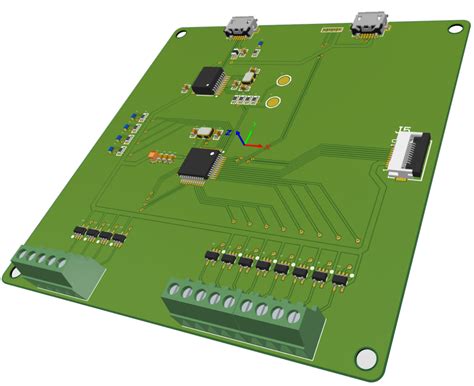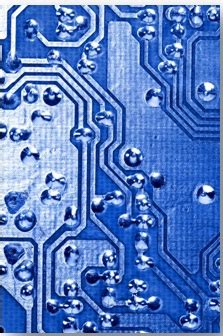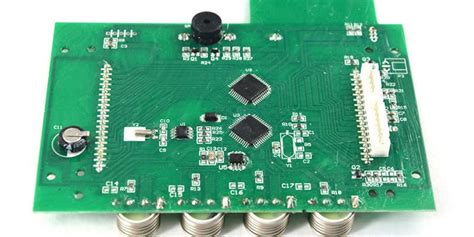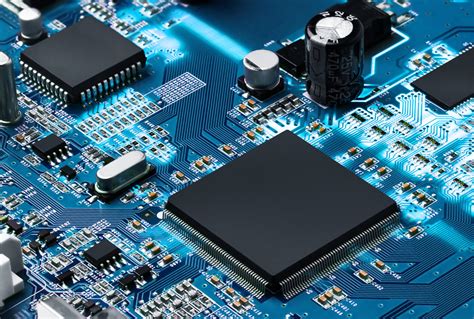Basic concepts you need to understand in high-speed PCB design
To do high-speed PCB design, you must first understand the following basic concepts, which are the foundation.
1.What is electromagnetic interference (EMI) and electromagnetic compatibility (EMC)?
(Electromagnetic Interference), there are two types of conducted interference and radiated interference. Conducted interference refers to the coupling (interference) of a signal on an electrical network to another electrical network through a conductive medium. Radiated interference refers to the coupling (interference) of the interference source to another electrical network through space. In high-speed PCB and system design, high-frequency signal lines, integrated circuit pins, various connectors, etc. may become radiated interference sources with antenna characteristics, which can emit electromagnetic waves and affect the normal operation of other systems or other subsystems in the system. Since the emergence of electronic system noise reduction technology in the mid-1970s, mainly due to the US Federal Communications Commission in 1990 and the European Union in 1992 proposed regulations on commercial digital products, these regulations require companies to ensure that their products meet strict magnetic susceptibility and emission standards. Products that comply with these regulations are called EMC (Electromagnetic Compatibility).

2.What is signal integrity?
Signal integrity refers to the quality of the signal on the signal line. A signal with good signal integrity means that it has the necessary voltage level value when needed. Poor signal integrity is not caused by a single factor, but by multiple factors in board-level design. The main signal integrity problems include reflection, oscillation, ground bounce, crosstalk, etc.
Common signal integrity problems and solutions
3.What is reflection?
Reflection is the echo on the transmission line. Part of the signal power (voltage and current) is transmitted to the line and reaches the load, but part of it is reflected. If the source and load have the same impedance, reflection will not occur. Impedance mismatch between the source and load will cause reflection on the line, and the load will reflect part of the voltage back to the source. If the load impedance is less than the source impedance, the reflected voltage is negative, and vice versa, if the load impedance is greater than the source impedance, the reflected voltage is positive. Changes in routing geometry, incorrect line termination, transmission through connectors, and discontinuities in the power plane can all cause such reflections.
4.What is crosstalk?
Crosstalk is the coupling between two signal lines. The mutual inductance and mutual capacitance between the signal lines cause noise on the line. Capacitive coupling causes coupling current, while inductive coupling causes coupling voltage. PCB layer parameters, signal line spacing, electrical characteristics of the driver and receiver, and line termination methods all have a certain impact on crosstalk.
5.What are overshoot and undershoot?
Overshoot is the first peak or valley that exceeds the set voltage – for the rising edge it is the highest voltage and for the falling edge it is the lowest voltage. Undershoot is the next valley or peak.
Excessive overshoot can cause the protection diode to work, resulting in premature failure. Excessive undershoot can cause false clock or data errors (misoperation).
6.What are ringing and rounding?
The phenomenon of ringing is repeated overshoot and undershoot. The oscillation and surround oscillation of the signal are caused by excessive inductance and capacitance on the line. The oscillation is underdamped and the surround oscillation is overdamped. Signal integrity problems usually occur in periodic signals, such as clocks. Oscillation and surround oscillation are caused by multiple factors like reflection. Oscillation can be reduced by proper termination, but it is impossible to completely eliminate it.
7.What are ground plane bounce noise and reflux noise?
When there is a large current surge in the circuit, it will cause ground plane bounce noise (referred to as ground bounce). For example, when the outputs of a large number of chips are turned on at the same time, there will be a large transient current flowing through the power plane of the chip and the board. The inductance and resistance of the chip package and the power plane will cause power noise, which will cause voltage fluctuations and changes on the real ground plane (0V). This noise will affect the operation of other components. The increase in load capacitance, the decrease in load resistance, the increase in ground inductance, and the increase in the number of switching devices will all lead to an increase in ground bounce. Due to the division of the ground plane (including power and ground), for example, the ground layer is divided into digital ground, analog ground, shielding ground, etc., when the digital signal goes to the analog ground area, ground plane return noise will be generated. Similarly, the power layer may also be divided into 2.5V, 3.3V, 5V, etc. Therefore, in multi-voltage PCB design, the bounce noise and return noise of the ground plane need special attention.
8.What is the difference between the time domain and the frequency domain?
The time domain is the process of voltage or current change based on time, which can be observed with an oscilloscope. It is usually used to find pin-to-pin delays, skew, overshoot, undershoot, and settling times. The frequency domain is the process of voltage or current change based on frequency, which can be observed with a spectrum analyzer. It is usually used to compare waveforms with FCC and other EMI control limits.
9.What is impedance?
Impedance is the ratio of the input voltage to the input current on a transmission line (Z0=V/I). When a source sends a signal to the line, it will hinder it from driving it until 2*TD, where TD is the delay of the line.
10.What is settling time?
Settling time is the time required for an oscillating signal to settle to a specified final value.
11.What is pin-to-pin delay?
Pin-to-pin delay is the time between the change of state at the driver end and the change of state at the receiver end. These changes usually occur at 50% of a given voltage, with the minimum delay occurring when the output first crosses a given threshold, and the maximum delay occurring when the output last crosses the voltage threshold, measuring all of these situations.
12.What is skew?
The skew of a signal is the time difference between the same network reaching different receivers. Skew is also used to describe the time difference between the clock and data arrival at a logic gate.
13.What is slew rate?
Slew rate is the slope of an edge (the ratio of the time change of a signal’s voltage). I/O specifications (such as PCI) state between two voltages, which is the slew rate, and it can be measured.
14.What is a quiescent line?
It does not switch during the current clock cycle. It is also called a stuck-at line or a static line. Crosstalk can cause a quiescent line to switch during a clock cycle.
15.What is false clocking?
False clocking is when the clock changes state unintentionally across a threshold (sometimes between VIL or VIH). It is usually caused by excessive undershoot or crosstalk.







